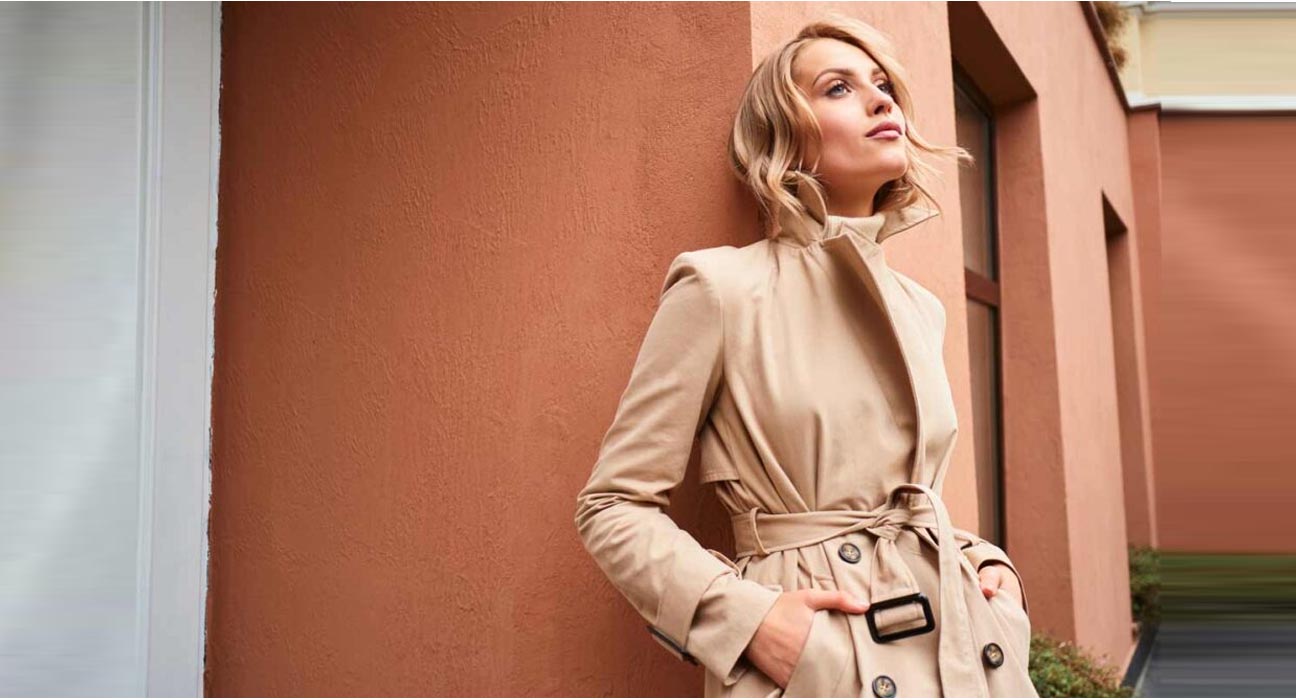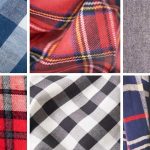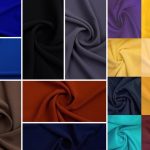In this article, we are going to describe gabardine fabric construction, its properties and its uses. The Gabardine fabric was first created by Thomas Burberry in 1879 and was then patented in 1888.
Originally, the fabric was made of worsted wool or a blend of worsted wool and cotton.
The worsted wool was weaved to achieve a smooth feel and appearance on one side while the other side featured a ribbed appearance.
Gabardine Fabric History
In 1912, Burberry used the fabric for his patented coat design known as “tielocken.” The coat was later used by the army in World War I.
The gabardine trench coat was then invented in 1914. This coat featured the addition of D-rings, gun flaps, epaulets, and storm shields.
Over time, synthetic fibers and cotton were added to the fabric to give gabardine blends. Adding these fabrics helped to create a high sheen fabric that still functioned as a twill fabric and was used to create garments for both men and women.
Gabardine fabric became more popular in the 1950s for suits and trousers.
Gabardine Fabric Vs Gaberdine Fabric
Most people confuse these two terms and think that they refer to the same thing. However, this is far from the truth since these two terms refer to different things.
- Gabardine refers to a type of twill that is made from worsted wool, wool, or cotton blends.
- On the other hand, gaberdine refers to a type of clothing that was popular in the 16th century and was mostly worn by poor people.
Gabardine Fabric Characteristics
WATER-RESISTANT
Another great benefit of the gabardine garment is its water resistance. This fabric features a tight weave that allows it to repel water.
For this reason, it is used to produce water-resistant outwear such as rain jackets.
However, this does not mean that a gabardine suit will completely protect you from a downpour. Instead, it will help you to keep dry much longer than other fabrics.
DURABILITY
Gabardine is a tightly woven fabric that is hard-wearing and rain-resistant. It is durable, firm, and hard-wearing and can stand the test of time.
This makes it a worthwhile investment and a sustainable choice that will last. Because of its durability, gabardine is commonly used to make overcoats.
FEEL
Gabardine fabrics tend to have a silky, luxurious feel. This is despite the fabric being tightly woven.
CAN BE VEGAN
Gabardine which is made from organic cotton is vegan since it is not derived from animals.
However, it is important to note that gabardine made from non-organic cotton is not vegan if pesticides are used.
BIODEGRADABLE
Gabardine can be made from worsted wool, texturized polyester, cotton, or a blend.
Wool that is untreated with chemicals is 100% biodegradable in 1 to 5 years depending on the techniques used to convert it into fiber.
Care Instruction
Cleaning will depend on the fiber content as some can have a smooth, hard, or dull surface.
Therefore, care must be taken when washing this fabric since regular use can cause discoloration.
Most gabardine garments manufactured today can be washed in a gentle cycle in the washer because their tight weaves are water and wrinkle-resistant.
Dry cleaning helps the gabardine blends to hold their shape. However, if you prefer to wash these fabrics, make sure that you only hand wash them.
Also, it is advisable to dry the fabric in the sun rather than using a dryer.





